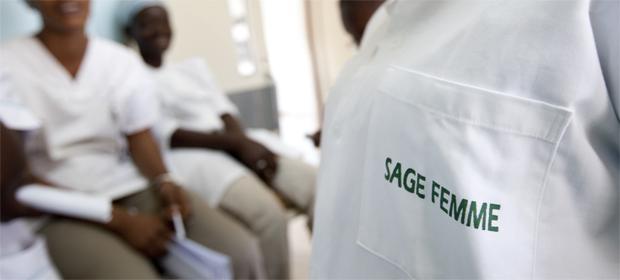Where We Work
See our interactive map


Over its 30-year journey to expand access to health care, IntraHealth has partnered with nurses and midwives as well as doctors, governments, and local organizations in 90 developing countries. Together we have reached hundreds of thousands of people with vital services for maternal and child health, family planning, HIV/AIDS, malaria, and tuberculosis.
Nurses—who make up 59% of the global health care workforce*—play a key role in our work to improve access to high quality services and improve overall health systems. Sharon Arscott-Mills, IntraHealth’s Senior Technical Advisor for Clinical Services says, “Nurses are the face of health care for many families around the world, many of whom may never see a doctor. The nurse is the essential pillar of the health workforce and always will be.”
Intrah’s focus has always been on health workers and their role in improving the health of women and their families. Our first projects focused on training health workers in developing countries in family planning, from the perspective of women’s health rather than population, disease and demographic control. But how did we get from there to here? Explore our Interactive Timeline. Nurse-related timeline entries include:
1989: Assessing Nursing and Midwifery Training in Five African Countries
Intrah conducted assessments of nursing and midwifery pre-service education in Kenya, Uganda, Zambia, Malawi and Zimbabwe, and the assessments helped lead to the development of university programs for nurses and midwives in Uganda and Malawi.
1995: Decentralizing postabortion care
Intrah successfully demonstrated that nurse-midwives can provide safe postabortion care services, previously provided only by physicians. In Kenya, PRIME trained nurse-midwives in selected private sector facilities, while the Project targeted PAC expansion at public sector facilities in Uganda.
2000s: Reducing postpartum hemorrhage
In Benin, Ethiopia, and Mali, Intrah demonstrated that nurses and midwives can safely perform active management of the third stage of labor (AMTSL), expanding access to this life-saving practice to prevent postpartum hemorrhage, the leading cause of maternal deaths.
Pauline Muhuhu, Senior Technical Advisor for Best Practices notes, “In the 21st century, the complexity of health care needs arising from life style challenges, poverty, technological and environmental changes, country, regional and global conflicts renders great challenges to nurses and the nursing profession globally.” Today, IntraHealth works to support nurses and health care systems in over 30 countries—because nurses save lives.



